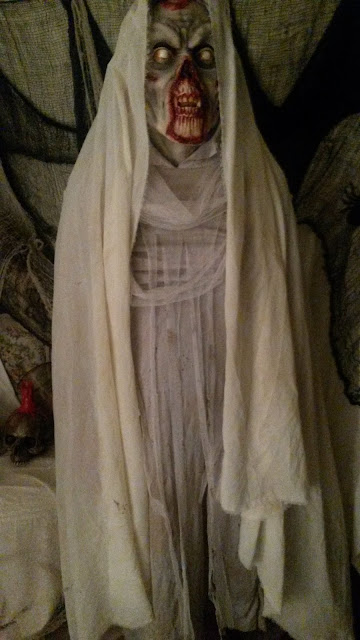For the Celtic tribes of Britain and many Germanic tribes across northwestern Europe, two major events marked the passage of the seasons: Samhain, signifying the close of bountiful fall and the encroachment of frigid winter, and Beltane, signaling the end of bitter winter and the emergence of fertile spring. As Linda Raedisch emphasizes, these transitional periods, for the people who celebrated them, were more than just a commemoration of seasonal changes: “Just as the cervix thins in the moments before birth, the usually impenetrable veil between the worlds is drawn back at these two important points in the year.” Hence, for these individuals, Beltane and Samhain became two rare moments during the year when the wall separating the living and the dead was dismantled. During both events, this merger of the mortal and the immortal was observed with banquets, bonfires, and festivities. As the Roman Empire spread and, later, the Roman Catholic Church solidified its hold over Europe, these celebrations merged with Greco-Roman festivals and Christian holidays, adopting elements from both and evolving. Eventually, Samhain developed into Halloween and Beltane grew into Walpurgis Night. Although the contemporary manifestations are far more commercial than their predecessors, the events, for some, are still a time when the veil between the real and the mystical temporarily fades away.
Works Referenced
von Goethe, Johann Wolfgang. Faust. 1808. Trans. Walter Kaufmann. New York: Anchor Books, 1990.
Iba, E. Michael and Thomas Johnson. The German Fairy Tale Landscape: The Storied World of the Brothers Grimm. Niemeyer C.W. Buchverlage, 2015.
Raedisch, Linda. Night of the Witches: Folklore, Traditions and Recipes for Celebrating Walpurgis Night. Woodburry, MN: Llewellyn Publications, 2011.















